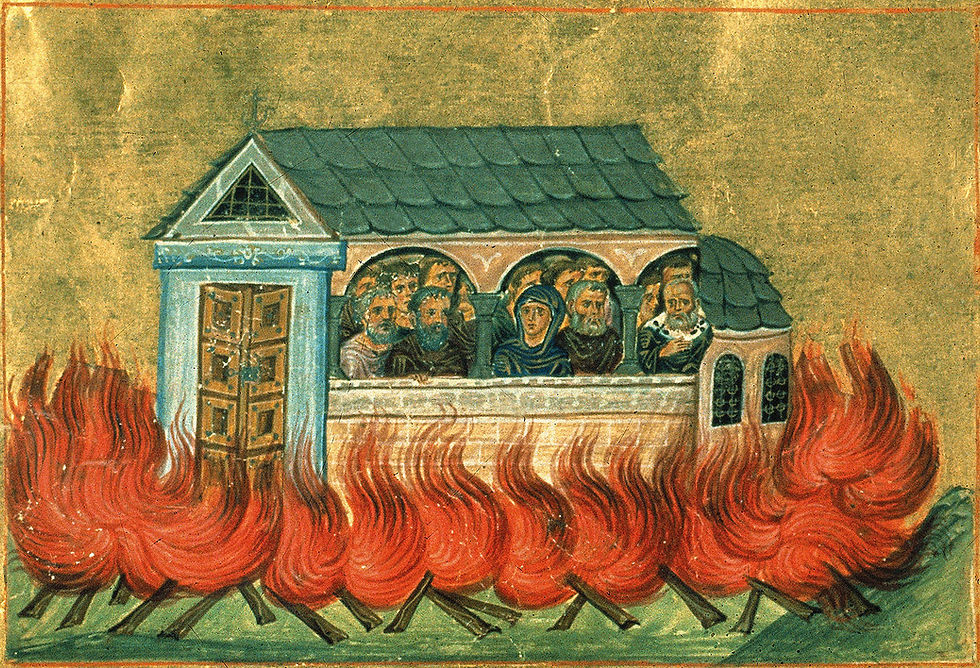How has the human population grown to 8 billion and what are the consequences?
- Tim Boatswain

- Nov 17, 2022
- 3 min read
Updated: Mar 22, 2023

This week homo sapiens reached the population figure of 8 billion. The question I have been asked, as I suspect many evolutionary anthropologists are being asked, is, how has the human species been so successful in reproducing itself and what are the consequences?
Estimates suggest that at the start of the Christian era (or AD 1) the global population was less than one-third of a billion and even in the middle of the 20th century there were probably only just over 2.5 billion across the globe. The recent trajectory of the growth of humanity has been both amazing and alarming.
Of course, the answer to our numerical success lies with evolutionary adaptations which give us a special, for a mammal, fertility cycle, bipedalism and our big brains that have resulted in consciousness, language and cooperative social structures that are quite unique in nature.
Physically human beings are not as strong or fast or nimble as some other species but our intelligence has enabled us to shape the environment to our advantage, or now, maybe, to our detriment! Certainly, our take-over of the planet (sometimes referred to as the 'Anthropocene Engine'), causing climate change, is putting not only ourselves at risk but countless other species on the road to extinction.
The palaeoanthropological evidence indicates that the homo genus started in East Africa around 2.5 million years ago and this species eventually became a great traveller, creating sub-species, like Neanderthals and Denisovans along the way. Then over 200,000 years ago the sub-species homo sapiens, came out of Africa, spreading across the globe, inter-breeding to some extent with the earlier sub-species – some modern humans have inherited between 1% and 4% Neanderthal DNA. For reasons that are not clear, though there are various competing theories, the other homo genus sub-species eventually died out and homo sapiens was left to dominate the planet.
The human ability to understand the world (science) and develop technology has over-ridden the biological inhibitors to population growth like disease, vulnerability to other stronger species (predators) and rapidly changing environments – for example, the Last Glacial Maximum (Ice Age) around 20,000 years ago (which we know resulted in the extinction of the woolly mammoth.).
Thomas Malthus, the famous 18th-century cleric and economist predicted there would be a limit to the growth of human numbers as he did not believe food production could keep pace with the increase in population. He did not anticipate the human ingenuity that led to the agricultural and industrial revolutions. Technology, whether physical or medical, has further enhanced human beings' ability to survive a range of threats to life and so played a significant role in population increase - for example, the survival rates of babies which have steadily increased and in some parts of the world is as high as 94%.
However, my parents used to use the phrase 'too clever by half', coined in the 19th century, meaning too smart for one's own good and that accusation might be thrown at humanity.
Homo sapiens has been incredibly successful in reproducing itself but the consequence of this massive growth is that our huge numbers have put a strain on the earth's resources – for example, it has been estimated that the world's demand for energy today is twice what it was at the turn of the 20th century.
As our demand for resources has increased, particularly fossil fuels, so has our pollution of the planet. What is our species to do? Unless we are to face an environmental disaster we need to modify both our behaviour and our technology. In the distant past, we have demonstrated immense evolutionary adaptability but we are now facing a more immediate threat. We cannot be complacent so we need to change not to save the planet (which will go on unmoved until swallowed by the sun in about 7.5 billion years' time) but to save ourselves and our interdependent flora and fauna.




Comments